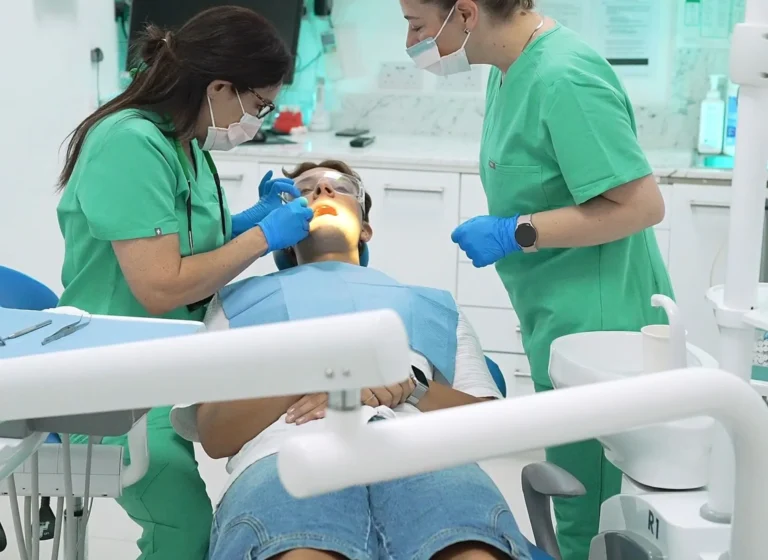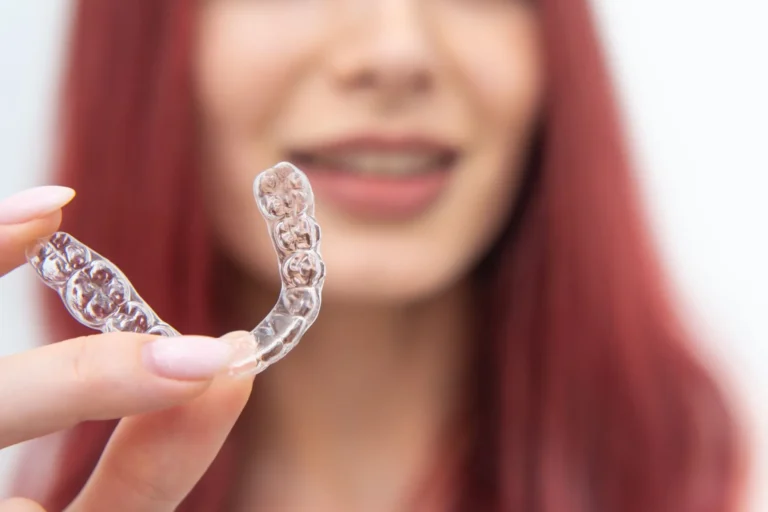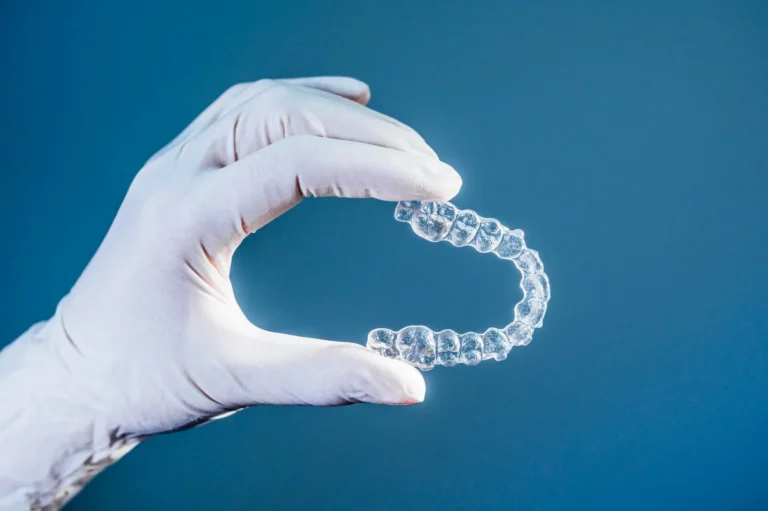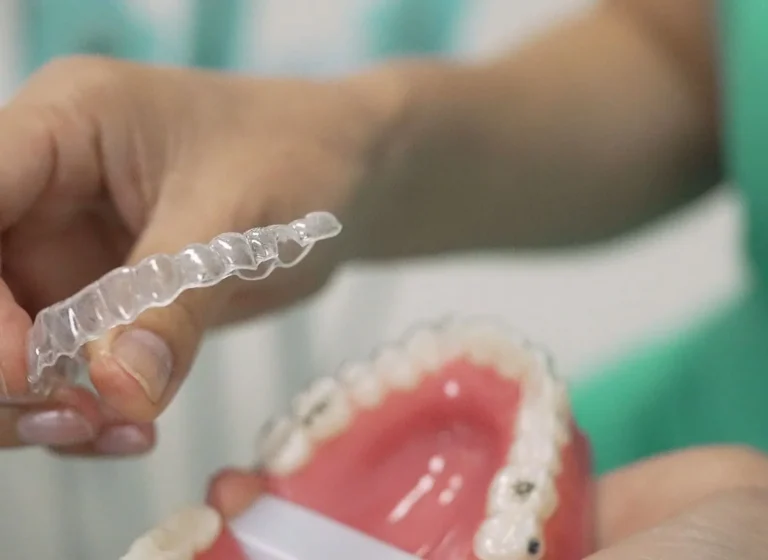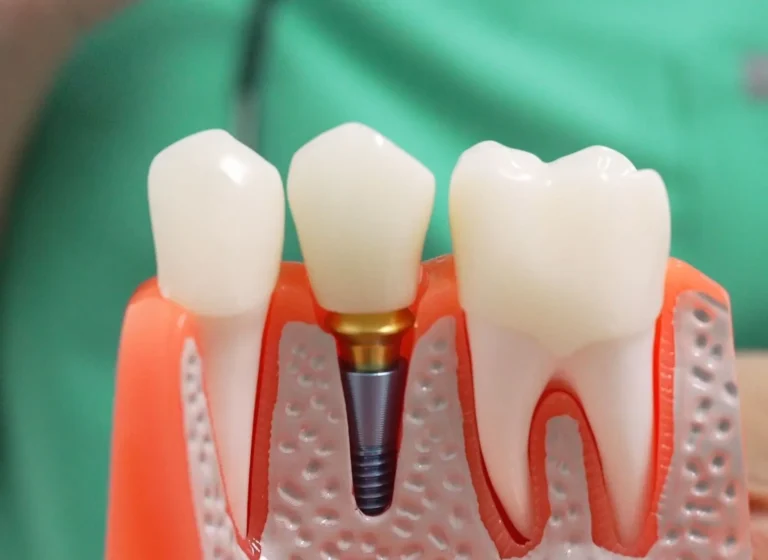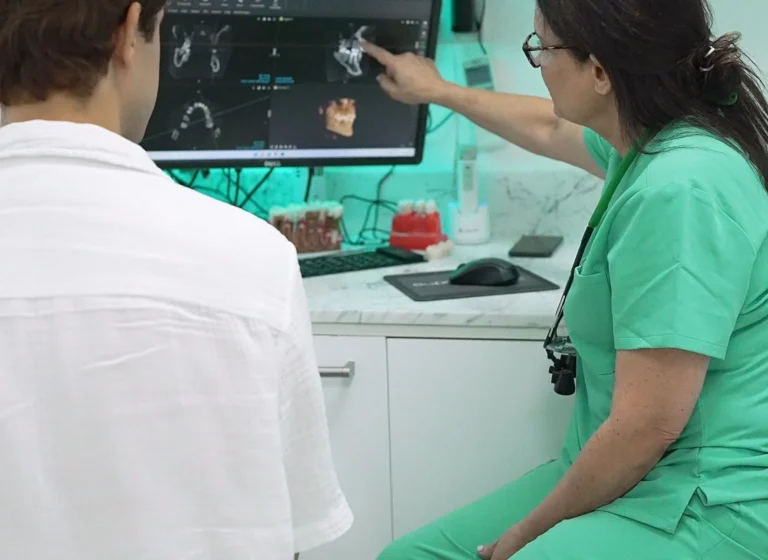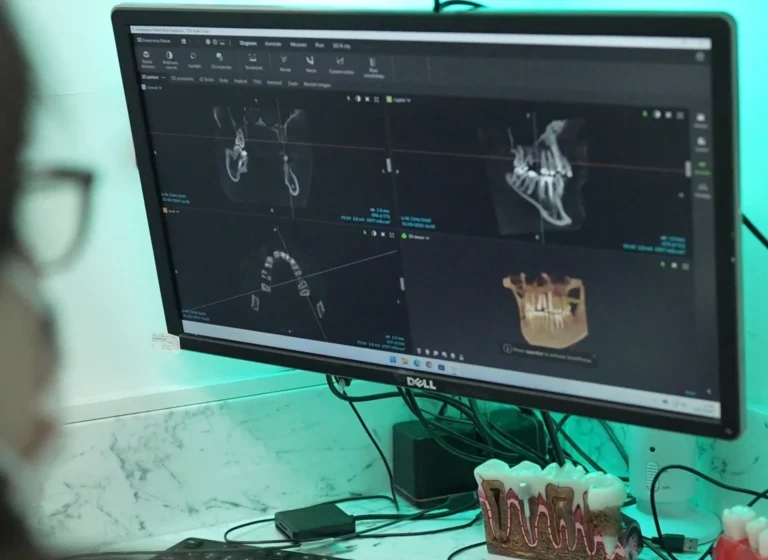How to Floss Correctly: Complete Guide for Patients in Vauxhall London
Flossing is one of the simplest yet most powerful ways to protect your teeth and gums. But many patients still ask us: how to floss properly?
At Super White Dental Clinic in Vauxhall London, we see every day how correct flossing can prevent gum disease, cavities, and bad breath. In this guide, you’ll learn not only how to floss step by step, but also why it matters, the different types of floss available, and the most common mistakes to avoid.
Why Is Flossing So Important?
Brushing alone only cleans about 60–70% of the tooth surface. The remaining areas — especially the tight spaces between teeth — are where plaque and food debris accumulate.
Benefits of flossing include:
- Preventing gum inflammation and bleeding
- Reducing the risk of cavities between teeth
- Controlling plaque buildup
- Keeping breath fresh
- Protecting implants, crowns, and bridges
👉 Book your hygiene appointment at Super White Dental Clinic
How to Floss Step by Step
Here’s the correct technique recommended by dentists:
1. Take enough floss
- Cut about 40 cm (an arm’s length).
- Wrap most around the middle finger of one hand, and a smaller portion around the other middle finger.
2. Hold the floss properly
- Use your thumbs and index fingers to hold the floss tight.
- Leave about 2–3 cm between them.
3. Slide the floss between teeth
- Gently guide it between teeth with a back-and-forth motion.
- Avoid snapping, which can damage gums.
4. Curve the floss in a C-shape
- Hug the side of the tooth with the floss.
- Slide it under the gum line gently.
5. Clean both sides of each space
- Move the floss up and down several times.
- Then shift to a clean section of floss for the next tooth.
6. Repeat for all teeth
- Don’t forget the back teeth, where plaque often accumulates.
👉 Ask our hygienists to demonstrate flossing at your visit
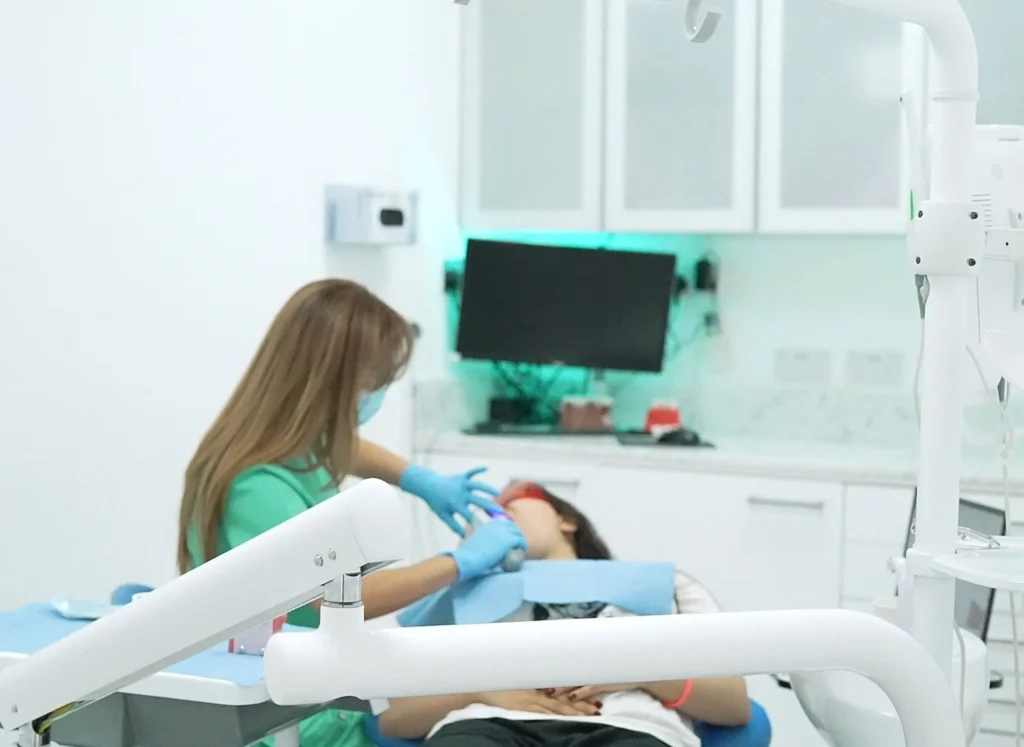
How Often Should You Floss?
Dentists recommend flossing once a day, ideally in the evening before brushing. This ensures plaque and food debris are removed before sleeping, when bacteria are most active.
Patients with braces, implants, or bridges may need to floss more carefully, often using special tools like threaders or super floss.
👉 Book your hygiene session for personalized advice
What Types of Dental Floss Exist?
Not all floss is the same. Choosing the right type can make flossing easier and more effective.
- Waxed floss: glides more easily between tight teeth
- Unwaxed floss: slightly rougher, effective for plaque removal
- Tape floss: wider and flatter, ideal for larger spaces
- Super floss: stiffened ends for threading under bridges and orthodontics
- Water flossers (oral irrigators): a helpful complement, especially for implants or braces
👉 Ask us which floss type is right for you
Common Mistakes When Flossing
Even patients who floss daily sometimes do it incorrectly. Here are the most common mistakes to avoid:
- Snapping floss into gums: this can cause bleeding and irritation
- Flossing only occasionally: irregular flossing is less effective
- Using the same section of floss for all teeth: this spreads bacteria
- Stopping because of bleeding gums: bleeding is often a sign of gum inflammation, which improves with regular flossing
- Rushing: proper flossing takes a few minutes but pays off in long-term health
👉 Get professional hygiene tips at your next visit
How to Floss with Braces, Implants, or Bridges
Special dental work may require adaptations in flossing technique:
- Braces: use floss threaders or orthodontic-specific floss to pass between brackets
- Implants: regular floss or water flossers help clean around implant crowns
- Bridges: super floss with stiff ends makes it easier to pass under bridges
Our hygienists at Super White Dental Clinic can demonstrate the best technique for your specific case.
👉 Book a hygiene session for tailored instructions
How to Floss Without Hurting Your Gums
One of the main reasons patients avoid flossing is the fear of causing pain or bleeding. In reality, when performed correctly, flossing should not hurt. Discomfort or bleeding often indicates existing gum inflammation due to plaque buildup, which improves with consistent flossing.
Tips to floss safely without hurting your gums:
- Insert the floss gently, never snapping it down between teeth
- Hug the tooth in a “C” shape to guide floss along the gum line
- Move slowly and deliberately rather than rushing
- Use waxed floss if teeth are very tight, as it glides more smoothly
With the right technique, flossing becomes a comfortable daily habit that strengthens gums instead of harming them.
👉 Learn safe flossing techniques from our hygienists
Why Flossing Complements Professional Hygiene
Daily flossing is essential, but it can’t replace professional dental cleanings. At Super White Dental Clinic in Vauxhall London, our hygienists use technologies such as Airflow with micro-powders to remove plaque and tartar that floss and toothbrushes can’t reach.
Flossing + professional hygiene means:
- Deeper cleaning: reaching under the gum line and hard-to-access areas
- Prevention: avoiding gum disease and tooth decay
- Monitoring: detecting early signs of issues like gingivitis or enamel wear
- Personalized advice: our team can refine your flossing technique and recommend the right products for your mouth
In short: daily flossing protects your teeth day by day, while professional hygiene ensures a long-term healthy foundation.
👉 Book your professional hygiene appointment today
FAQ: How to Floss
Q1: Is flossing better before or after brushing?
Flossing before brushing is often best — it loosens plaque so your toothbrush and toothpaste can clean more effectively.
Q2: Can flossing damage my gums?
Not if done correctly. Flossing gently is safe. If gums bleed at first, it usually means they are inflamed and will improve with regular flossing.
Q3: What if I find flossing too difficult?
You can try floss picks, interdental brushes, or water flossers. Ask your hygienist which tool suits you best.
Q4: Do children need to floss?
Yes. As soon as two teeth touch, flossing should begin — usually with help from parents.
Q5: How do I know if I’m flossing correctly?
Your hygienist can check your technique during a cleaning appointment and give you personalized tips.
Conclusion: How to Floss for a Healthier Smile in Vauxhall London
Learning how to floss correctly is one of the most important steps you can take for your oral health. It protects your gums, prevents cavities, and keeps your smile fresh and healthy.
At Super White Dental Clinic in Vauxhall London, our team of hygienists and dentists are here to guide you, demonstrate proper techniques, and provide professional cleanings that complement your daily care.
📍 Super White Dental Clinic – 41 S Lambeth Rd, Vauxhall London SW8 1RH
📞 Phone: 020 3645 7885 – WhatsApp: 07947903827
📧 info@superwhitedentalclinic.co.uk
👉 Book your consultation today and start your implant journey

